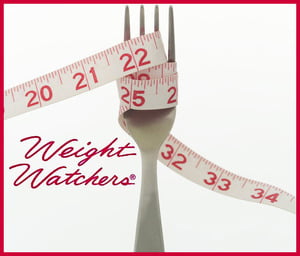There is a scourge upon the land, and it is millions of man hours a year spent writing press releases that are written and then promptly thrown away. When you look at any company’s website, there is usually a pages called “Media.” Is this where you find all the newspaper and magazine articles about the company? Nope. It is a place where useless press releases went to die.
Part of the problem is companies who commission and then pick the cheapest person they can get. If your press release was 10 bucks, you can plan on just throwing it out the minute it is delivered to you. For that price, what you are getting is a person who finds a cheap, or free, template online, and then plugs in your company’s details into the blanks. There is also software being sold that is supposed to “write” them for you. Both of these are equally bad, and are largely to blame for the scourge.
If you want to really get a press release that is worth something, hire someone with a media background who actually knows what the media will be looking for in a press release. And if you are wanting to write one, there are a few things you need to do in order to produce one that is not a waste of time.
The first step is to take a hard look at the overall business and what it does. Most press releases are supposed to bring media attention to some type of an event related to the business. This can be a product launch, a new hire, a merger, or a good earnings statement. When you analyze the event, you have to do it in the context of the business as well as the current news trends.
The current news trends are what I call story groupings. These run in cycles a few months in length where certain types of stories run constantly. You may remember the summer of the shark attacks in 2001. That was a particularly weird story grouping cycle, but anything and everything related to shark attacks, shark bites, and sharks themselves, was hot news. If a company event had come to me at that time that could in any way be related to shark attacks, then I’d have to go that route in order to get it the best chance of exposure possible. The product doesn’t have to be directly related to the current news groupings, of course, to be tied in. You just have to be as creative as possible to find that angle.
If you could get the company event tied to a current news grouping, great. If not, you can look one or two groupings back to try to find an angle if it comes to it. If you can’t remember what they were, check out any news archives on the major news websites. when scanning for certain time periods, distinct patterns emerge.
Once you have found your angle, it’s time to get it all put together. The second step is to analyze the market the press release will be going to. A print news release may be slightly different from a broadcast news release. I like to have a little less about the company itself in press releases for print news to increase the chances that it won’t be thrown out. Most newspapers are not going to run a story that is just about one business, unless it is a very small paper or a revolutionary business. So for print news, you just want the event inserted into a larger story. There are some people who will disagree with this, but they are wrong. Unless your company is something that everyone is talking about, or is the major employer in the area, no one cares if you got a new CEO. But, in a story about CEOs and how companies go about searching for them and finding the best candidates to move to the area and lead a company, your company will be mentioned several times, since you just happened to get a new CEO recently. That’s the way it works.
The press release you write should open with the general story information instead of the PR parts of the release in order to keep the reader’s attention. it should also be kept fairly short for the same reason. Less than two pages is best for any press release, and one full page is the ideal length that I shoot for.
So, if you can put together a press release that isn’t written in less than an hour, and takes all the above factors into consideration, it has a much better chance of being used by the media. This benefits you, when you get a good track record, this benefits the company, who get s the publicity they wanted, and this benefits the reporter, who had other things to do that day and saw an easy story idea dropped into his or her lap.


